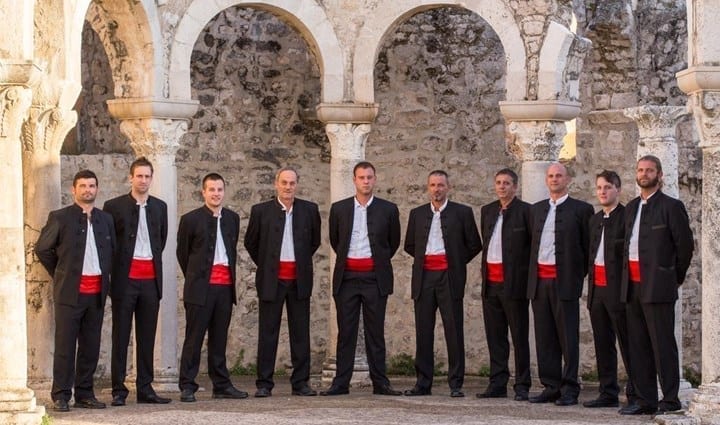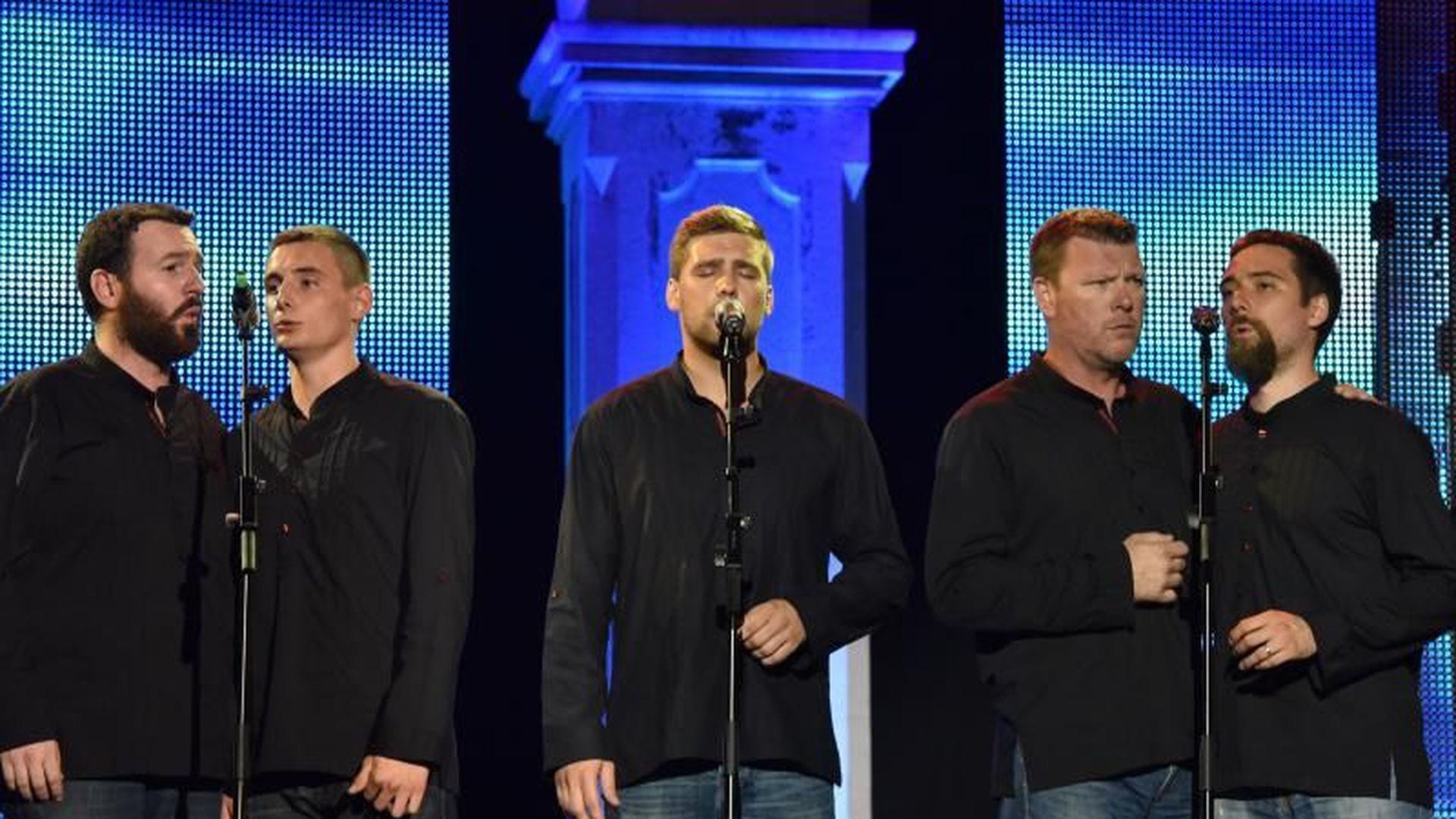Klapa singing is a big part of Dalmatia’s identity, culture, history and tradition — and it’s more popular than ever.

As time goes by and nations change, it’s only natural that some traditions slowly fade away, replaced by art forms reflective of modern trends and newer lifestyles. However, Croatia has always been incredibly proud of local folclore that enriched the harsh lives of Croats in the past. So much so that one is still present today, especially among the cobblestone streets of the coastal towns and villages. We’re talking about klapa music, a traditional form of a cappella singing originating from the south of Croatia. It became a must-hear for every tourist that visits the wonderful seaside, so if you’re ever in Croatia, be sure to experience klapa singing. But first, let’s take a closer look at what makes klapa so unique and explore why it has become such an integral part of Croatian culture!
What is klapa
Croatian klapa music is a type of traditional a cappella singing, usually performed by four to eight singers, with five or six being the most common number. It is traditionally sung by men, with a first tenor and several tenori, baritoni and basi voices. The singers stand in a semicircle, facing each other. The first tenor starts, followed by others, with everyone adjusting to the group and trying their best to deliver a seamless, beautiful harmony. However, the blend of voices isn’t intended to be like a perfect choral harmony — the mix of nonclassical, guttural and falsetto singing is focused on showcasing emotion, as well as musical skill. Klapa songs are often about love, loss, nature, home and yearning, and the motifs of the songs mostly revolve around the Mediterranean way of life.
Origins of klapa in the Dalmatian region
Language experts believe that the word klapa comes from the North Italian slang word klapa (capulata) which means “a group, band of people.” This would make sense, as Trieste was an busy maritime port and trading connections with Italy were very strong. Though connected to music, klapa was primarily a way of socializing and bringing people together. In the mid 19th century, formal and less formal singing groups known as klapa formed throughout Dalmatia, and that is how klapa gained its current form. Some things have changed, but the basics stay the same: multipart harmony singing without notations or instruments, and expressing love of Dalmatia through song.
Modern-day popularity of klapa
Klapa singing is part of an oral tradition, so there are no formal institutions where one can learn klapa singing — it is passed on from one generation to another. This means some klapa songs and melodies are lost forever, but many are saved and still popular today, thanks to the efforts of modern klapa groups. The overwhelming popularity of klapa singing is also due to klapa festivals like the festival in Omiš. This is how the Festival describes its mission: “To lose klapa singing it would mean to destroy all the links to and memories of the past and the people who cherished the traditional singing with love and passed it to every new generation. That love gave birth to the klapa singing Festival in Omiš, a unique museum of a specific part of the Croatian culture, the museum where soul and song merges.”
In recent years, klapa singing has experienced a resurgence in popularity, and there are now many klapa music groups performing across Croatia, not just in Dalmatia. Also, it’s important to highlight that Croatian klapa music isn’t just for men anymore — women joined and formed a number of amazing mixed and all-female klapa groups, and have received a designated category at the Omiš festival competition.
This traditional singing style is also recognized on a global scale. Due to its specific sound and cultural importance, Croatian klapa music was inscribed on UNESCO’s Representative List of the Intangible Cultural Heritage of Humanity in 2012.

Where to find klapa singers in Croatia?
If youre wondering where to hear klapa music in Croatia, you’re in luck, because they’re popularity makes them easy to find! Klapa concerts are popular tourist attractions in Dalmatia and are often held in open-air venues such as squares or parks. The Omiš initiative also gave rise to a number of klapa singing festivals, including the one at Pag, which has been going strong for 13 years. This amateur art is so popular that klapa singing performances are an integral part of most public events on Pag, as well as other parts of Dalmatia. Some of the most popular klapa singing groups in Croatia are klapa Maslina, klapa Iskon, klapa Šufit, klapa Munita, klapa Cambi, klapa Teuta, klapa Ventula, klapa FA Linđo, klapa Kampanel and klapa Intrade, so make sure to remember those names!
One thing is for sure: if you’re ever in Dalmatia and have the chance to experience a klapa concert first-hand, take it. You won’t be disappointed — although tied to a tradition of a certain area, this acapella singing style also expresses universal themes through enchanting harmonies that can take you to another time and place, no matter where you come from. And besides established klapa groups, klapa singing also lives on in everyday events, gatherings, parties, weddings and festivals, where voices of many generations come together to form a perfect harmony. Make sure to add a klapa concert to your list of activities while visiting Pag and camp Šimuni. There is no better way of spending an evening, and you will learn more about the culture of Dalmatia than through tourist guidebooks. For more ideas on how to plan your stay on the gorgeous island of Pag, contact us, and let’s plan a vacation you will remember for a lifetime!